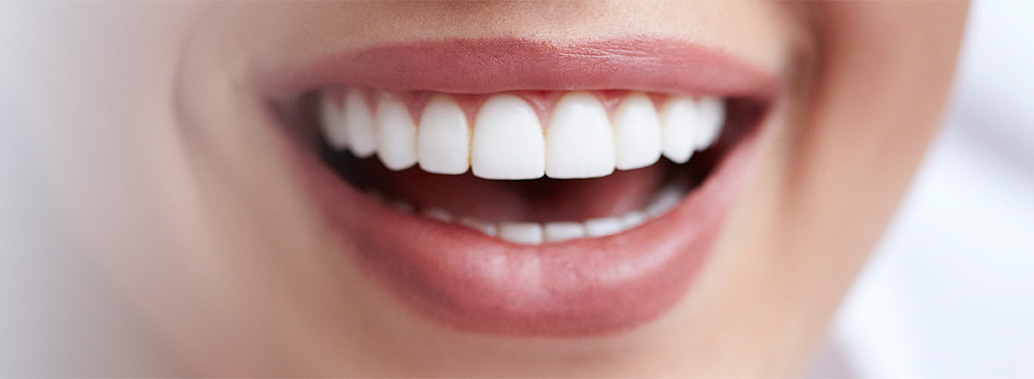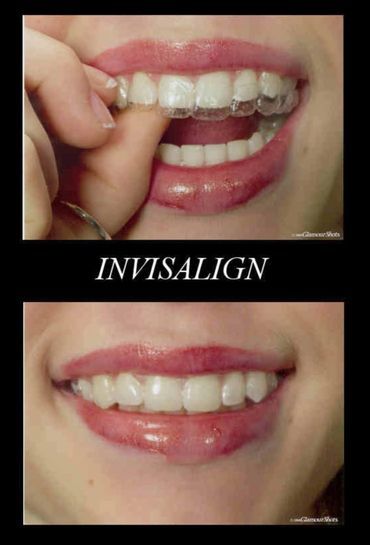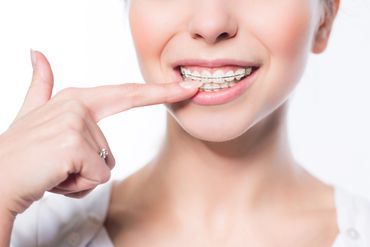
TYPES OF TREATMENT
Overview
Orthodontic treatment is a dynamic process and, unlike other fields of dentistry, your teeth will usually be moving toward the finish line after each visit. It is therefore important that you be seen by a doctor who can property, diagnose your case, select the proper type of treatment and apply his extensive experience and skills to fit your individual needs. In our office you will personally be seen and treated by Dr. Lee. In this way, your progress will be more easily monitored and treatment will continue in a smooth and continuous fashion toward the day when your braces will be removed
Full Bonds/Bands
Braces are placed on the permanent teeth to align level and close spaces to achieve an aesthetic, functional and stable bite
Limited/Partial – Phase One Treatment
Braces are placed on some permanent teeth to correct crooked teeth spacing of other open Correction of upper and lower of misalignment may also be achieved
Limited/Partial – Cosmetic Only Treatment
Braces are placed on some or all permanent teeth only, to achieve an aesthetic result. The braces stay on anywhere from 6 to 12 months and a functional and/or stable bite may not be achieved. The techniques may use terms such as 6(six), 12 (twelve), speed, quick, aesthetic, inexpensive, affordable, cheap, accelerated treatment or no headgear/neckgear.
JAMES T. LEE, D.D.S.
1127 Wilshire Blvd, Suite 915 Los Angeles, CA900017 + (213) 481-0820

How Does Tongue Thrust Affect Orthodontics and Speech?
What is Tongue Thrust?
- Tongue thrust is the habit of thrusting the tongue forward or against the front teeth during swallowing
- The constant pressure of the tongue will force the teeth out of alignment resulting in malocclusion
- When a malocclusion present in addition to the tongue thrust, problematic speech articulation is more common
What causes Tongue Thrust?
- Physiological abnormalities
- Thumbsucking
- Abnormally large tongue
- Obstructions causing difficulty in breathing such as tonsils or adenoids
How prevalent is Tongue Thrust?
- Research has noted that a significant number of school aged children have tongue thrust
- Tongue thrust is generally diagnosed in children between the age of 5 to 8 when visiting an orthodontist for orthodontic treatment

What are the consequences?
- The force of tongue thrust against the teeth is an important factor in malocclusion (wrong bite)
- Many school-aged children with tongue thrust have completed orthodontic treatment only to discover that their case relapsed due to their habitual forward tongue pattern
- Another consequence to tongue thrust is speech problems, particularly resulting in a frontal lisp with the production of /s/ and /z/ sounds
AMERICAN ASSOCIATION OF ORTHODONTICS
RECOMMENDATION FOR EARLY ORTHODONTIC SCREENING
The American Association of Orthodontics recommends that all children have an orthodontic screening no later than age?.
Why screen by age??
- The posterior occlusion is established when the modern crept, At that time, one can evaluate the antero-posterior and transverse relationships of the occlusion, as well as discover any functional shifts.
- Incisors have begun to erupt and problems can be detected such as crowding, habits, deep bites, open bites, and some facial asymmetries.
- For some, a timely screening will lead to significant treatment benefits, for most, the principal immediate benefit is a parent’s peace of mind.
- The dentist who makes timely referrals is rightly regarded as informed, caring, and concerned for the local well being of the patient.
The benefits of early treatment
For those patients who have clear indications for early intervention, early treatment presents the opportunity to:
- Influence jaw growth in a positive manner
- Harmonize width of the dental arches
- Improve eruption patterns
- Lower risks of trauma to protruded upper incisors
- Correct harmful oral habits
- Improve aesthetics and self-esteem
- Simplify and/or shorten treatment time for later corrective orthodontics
- Reduce the likelihood of impacted permanent teeth
- Improve some speech problems
- Preserve or gain space for erupting permanent teeth
